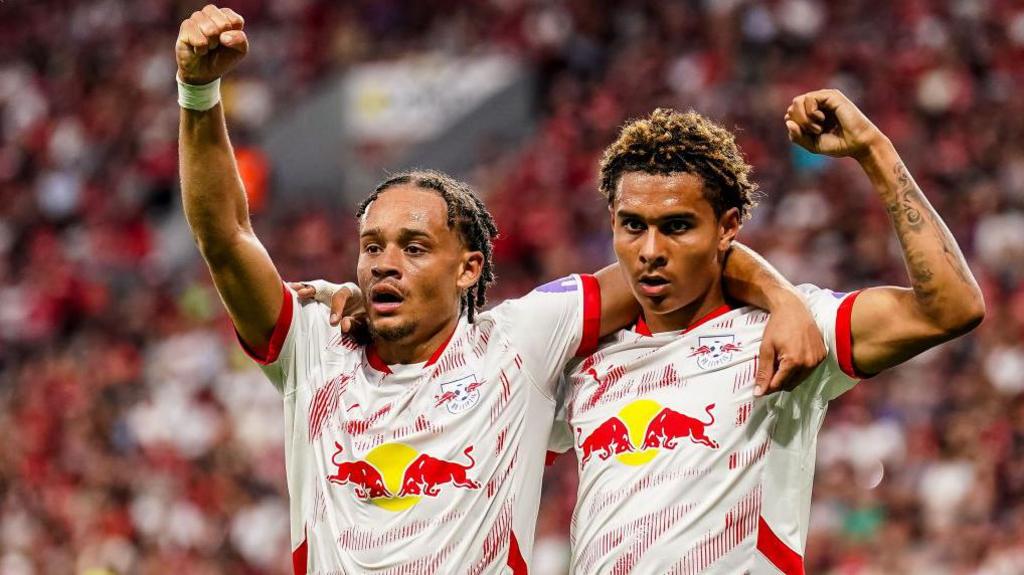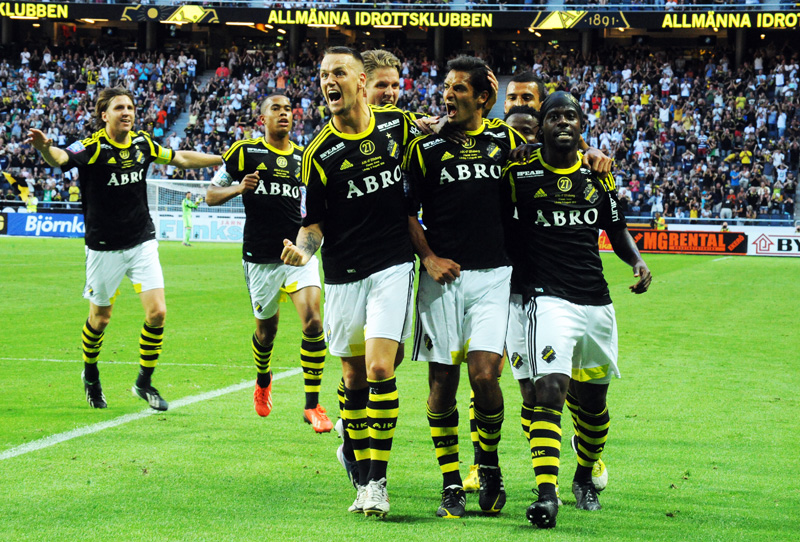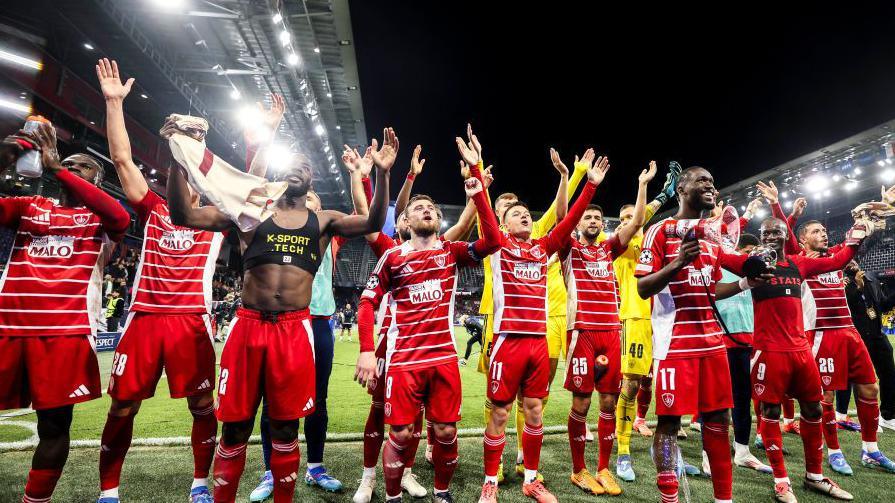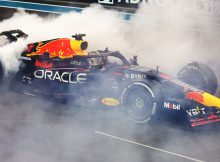
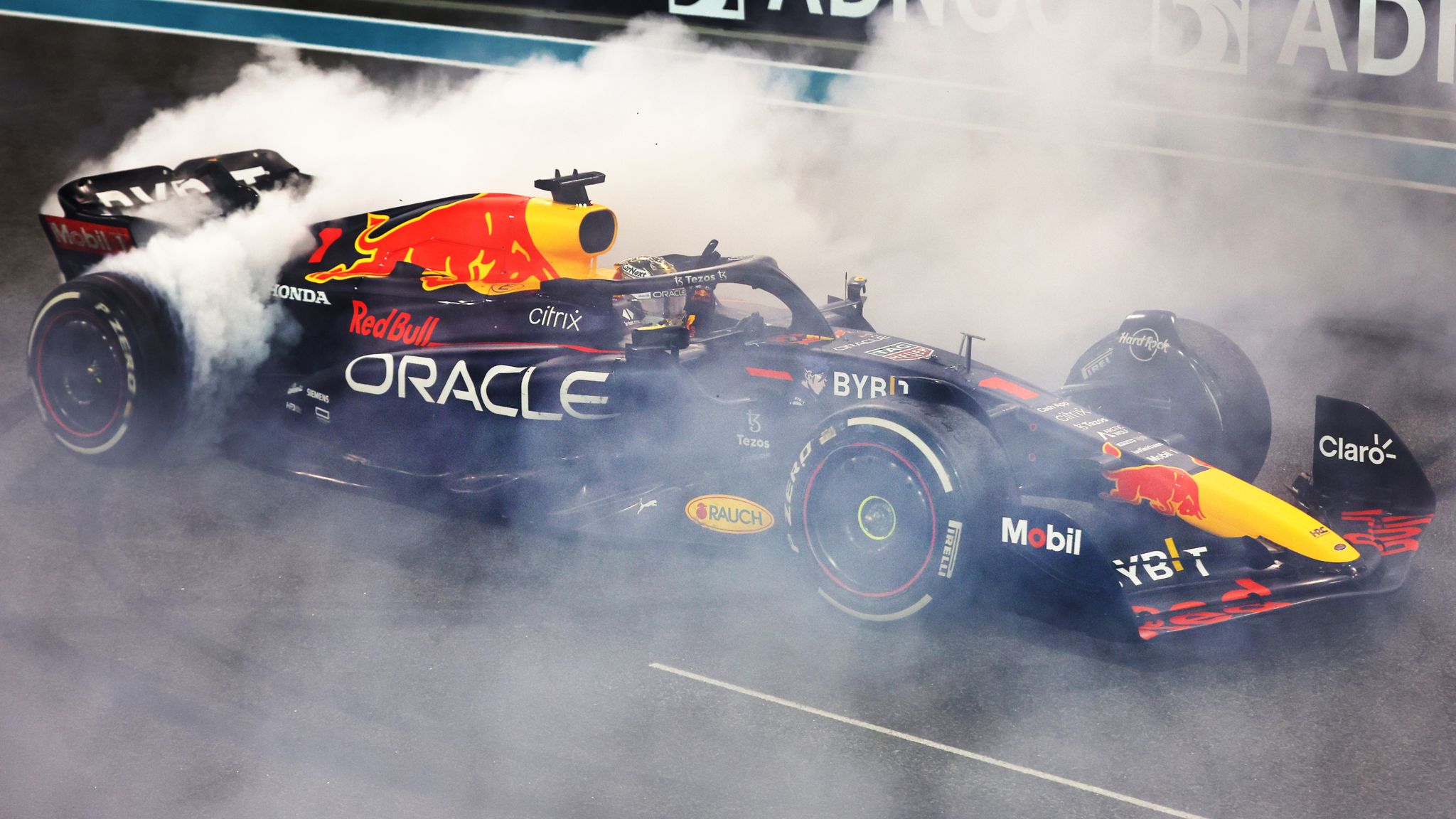
When Formula 1’s reigning champion unveils its RB20 on Thursday night, it will conclude the 2024 “launch season.”
Every team that wants to defeat Red Bull this year has revealed its 2024 opponent and laid forth goals for the year, some of which are more audacious than others.
But considering the cars they’ve shown and the cues they’ve given, should any of Red Bull’s primary competitors worry it?
It appears to be aiming to provide a solid foundation for the next two seasons, one that the drivers can rely on and maximize, by scrapping the old design and starting over aerodynamically.
That summed up technical director Enrique Cardile’s remarks at the unveiling, and the car’s appearance kind of suggests that as well—it doesn’t really look all that cutting edge.
Although it meets all the requirements for a modern Formula One car, it doesn’t seem to be pushing the boundaries in any way.
In addition, I’m still a little worried about Cardile’s statement regarding the significance of suspension in this generation of cars, as it differs from other technical directors’.
Taking a positive view of the SF-24, let’s suppose that Ferrari’s mechanical platform—which is essentially different as the outlier rear pullrod suspension user—is a good decision.
Ferrari has demonstrated great traction and good compliance over the kerbs on some circuits, particularly street tracks, where it has demonstrated good low-speed performance. It is evident that the Ferrari platform offers a smooth ride under specific circumstances.
What’s stopping this team from adding appropriate race pace to their evident qualification skill if Ferrari has focused more on improving the aerodynamic performance? That is what we shall hope for.
To begin with, though, Ferrari had to have fulfilled its promise to produce aerodynamic work. Naturally, it also relies on the fact that the poor rear-end aero performance of the previous year was not caused by the choice of rear suspension. Rivals of Ferrari notably prefer pushrod suspension because to its aerodynamic advantages.
Perhaps Red Bull will be thinking, “Ferrari’s missed a key trick,” when they see that vehicle.
Similar to Ferrari, it has essentially abandoned the idea behind its vehicles from the previous two years, although it seems to have innovated considerably more aggressively.
The car appears considerably more cohesive, and its sidepod and front wing designs exhibit a high degree of complexity.
Yes, I can envision times during the season when Lewis Hamilton might be questioning if he made the right decision in departing at the end of the season if that is reflected in its overall awareness of their prior issues.
Toto Wolff hasn’t exactly ushered in an F1 season with grandiose declarations; at car premieres, he’s talked about avoiding complacency even in situations where Mercedes was clearly going to trample everyone once again.
He did, however, sound remarkably cautious when discussing his aspirations for 2024, which seemed to amount to little more than the desire to get marginally closer to Red Bull than in 2023.
After the past two years, he was understandably wary on the outside. But perhaps he doesn’t have to be. Mercedes has accomplished so much in the past, so it seems improbable that it will misidentify and fix its issues on two different designs in a row, especially considering how discouraging the previous winter’s experience was.
The 2024 automobile appears to have seen enough innovation and alteration to indicate significant advancements.
This year, if Mercedes isn’t getting closer to respectability and Red Bull, it’s either because Red Bull has had so much time to raise the bar while Mercedes was still working out its own issues, or Mercedes simply doesn’t understand how this generation of F1 cars is supposed to work yet.
There is no denying the MCL38’s relationship to its predecessor. That does, in fact, resemble what ran in Abu Dhabi, if that’s what’s bothering you.
However, it can’t be a bad place to start as an evolution of the vehicle that outperformed all others, with the exception of Red Bull’s dominant RB19 from the Austrian Grand Prix onwards in 2023.
It’s more likely that this automobile didn’t require the same aerodynamic upgrade as, say, the Ferrari and Mercedes because it was among the fastest cars of 2023 in terms of aerodynamics.
Furthermore, McLaren needed the winter to begin implementing the more significant underlying adjustments necessary to close the remaining gaps with Red Bull, as there is only so much work that can be done in a single season.
McLaren achieved proof of concept in 2023 and believes it is currently evolving rapidly, allowing them to be more certain of its future course. Along with stronger facilities and additional senior technical figures at its disposal, it also has a higher ceiling than it had the previous year.




